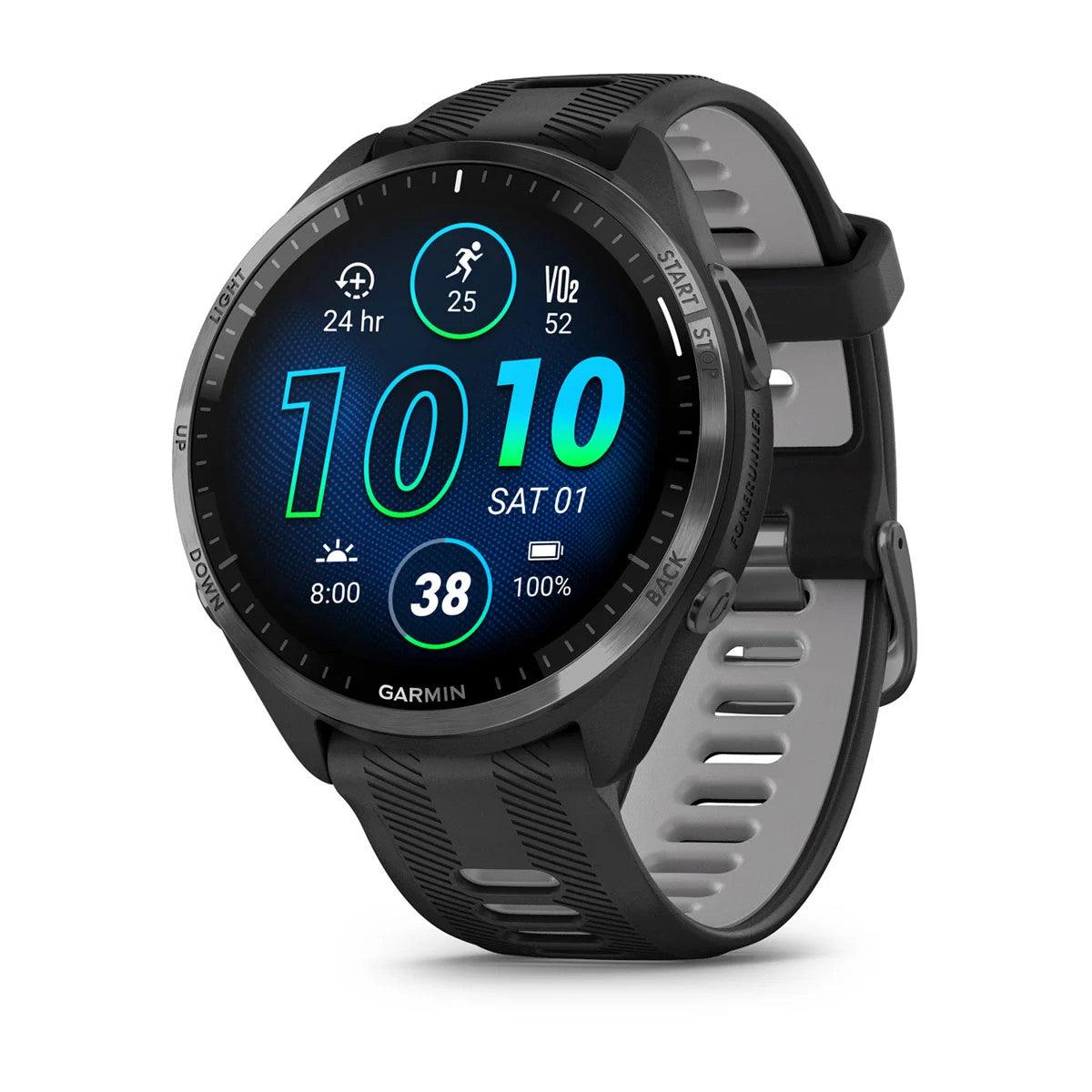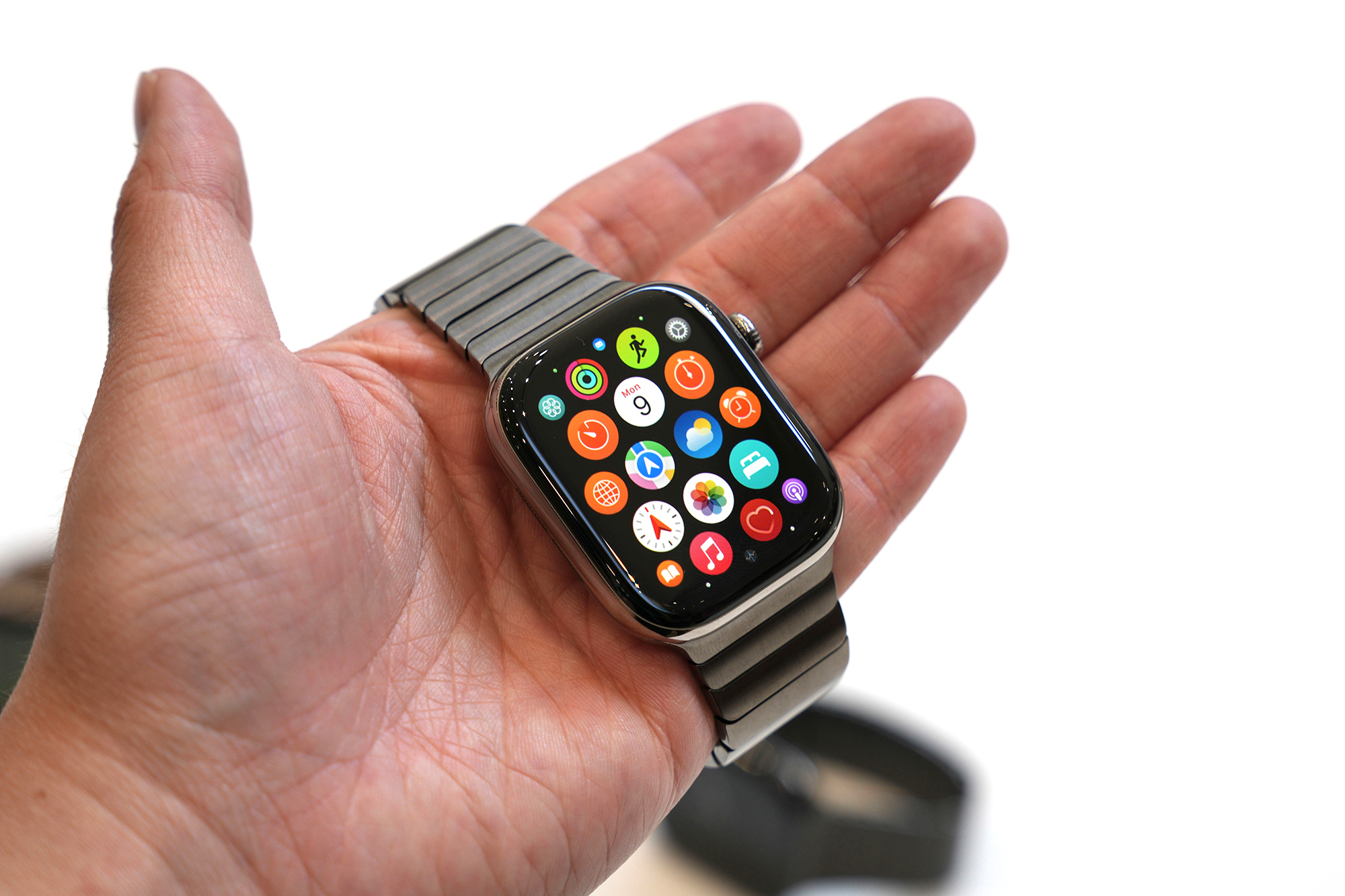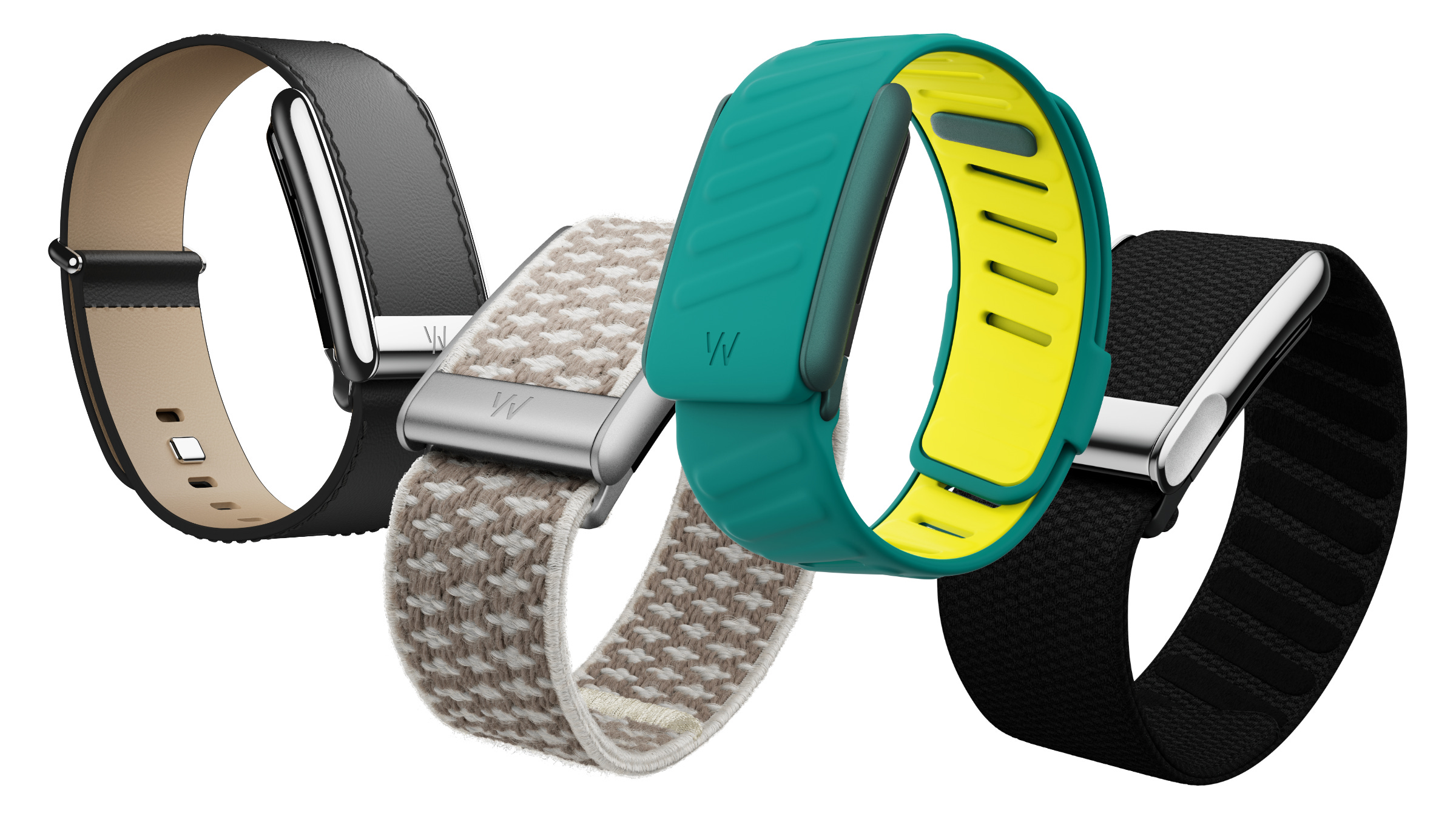In 2025, fitness trackers aren’t just counting steps—they’re predicting heart irregularities, optimizing recovery, and even syncing with your doctor. With 72% of Americans now using wearable tech (CDC, 2024), next-gen devices are bridging the gap between consumer gadgets and medical tools. This guide explores the science, trends, and standout models shaping the future of personal health monitoring.
The Evolution of Fitness Tech: From Pedometers to AI Health Coaches
Clinical Validation Takes Centre Stage
- FDA-Cleared Sensors: Devices like the Fitbit Charge 5 now feature ECG sensors validated to detect atrial fibrillation with 98.7% accuracy (NIH Study, 2024).
- Continuous Glucose Monitoring (CGM) Integration: The Ultrahuman Ring Air pairs with Dexcom G7 to analyze blood sugar trends during workouts.
AI-Driven Personalization
- Garmin Forerunner 965: Its Morning Report algorithm cross-references sleep, heart rate variability (HRV), and workout history to recommend daily intensity levels.
- Whoop 5.0: Uses machine learning to adjust recovery scores based on menstrual cycles, altitude, and stress biomarkers.
2025’s Standout Models: Merging Medical Precision with Everyday Usability
1. Fitbit Charge 5: The Preventative Health Powerhouse
- Key Feature: Stress Mgmt Score combining EDA (electrodermal activity) scans and cortisol estimates via skin temperature.
- NIH-Backed: Linked to a 23% reduction in burnout risk in a 6-month UCLA trial.
- Ideal For: Office workers and caregivers managing chronic stress.

2. Garmin Forerunner 965: The Athlete’s Lab
- NASA-Tested GPS: Multi-band GNSS accuracy within 10cm, even in urban canyons.
- Hydration AI: Analyzes sweat loss via weather data and heart rate to recommend fluid intake.
- Pro Endorsement: Used by 60% of U.S. Olympic triathlon hopefuls.

3. Oura Ring Gen 4: The Sleep Scientist
- New in 2025: SpO2 tracking detects sleep apnea events (90% accuracy vs. lab polysomnography).
- Fertility Focus: Tracks basal body temperature and LH surges for precision family planning.

4. Apple Watch Series X: The ER on Your Wrist
- Breakthrough: Blood Pressure Monitoring via photoplethysmography (PPG) and FDA-cleared algorithms.
- Crash Detection 2.0: Alerts 911 with location if a car crash is detected (tested with NHTSA).

5. Ultrahuman Ring Air: The Metabolic Coach
- CGM Integration: Syncs with Dexcom G7 to show how workouts impact glucose levels.
- Zone Training: Vibrates when you exit fat-burning or aerobic zones.

6. Whoop 5.0: The Recovery Guru
- Tissue Oxygen Sensor: Flags overtraining by monitoring muscle oxygenation during lifts.
- Partnerships: Integrates with Kaiser Permanente to share data with physicians.

The Science of Sensor Accuracy: What Peer-Reviewed Studies Reveal
Heart Rate Monitoring
- Chest Strap vs. Wrist: Chest straps (Polar H10) are 99% accurate, while wrist-based trackers average 95% (Mayo Clinic, 2024).
- Skin Tone Bias: Newer devices like the Apple Watch Series X reduce errors for darker skin by 80% using multi-wavelength LEDs.
Sleep Stage Tracking
- Oura Gen 4: Matches sleep lab staging accuracy at 88% (Stanford Medicine, 2025).
- REM Optimization: Fitbit’s Sleep Profile now suggests bedtime routines to boost REM by 25%.
Choosing Your Tracker: A Lifestyle-Driven Framework
The Athlete
- Priorities: GPS precision, muscle recovery metrics, hydration tracking.
- Pick: Garmin Forerunner 965 + Whoop 5.0 combo.
The Chronic Condition Patient
- Priorities: Medical-grade sensors, EHR integration, emergency alerts.
- Pick: Apple Watch Series X + Ultrahuman Ring Air.
The Stressed Professional
- Priorities: Stress resilience scores, mindfulness prompts, discreet design.
- Pick: Oura Ring Gen 4 + Fitbit Charge 5.
Future Trends: Where Wearables Are Headed
Insurance Incentives
- UnitedHealthcare: Offers $300/year discounts for members sharing fitness data.
- AI Doctors: Startups like Forward analyze wearable data to adjust prescriptions in real time.
Mental Health Integration
- Fitbit’s Mood Forecast: Uses HRV and voice tone analysis to predict anxiety spikes.
- Calm Partnership: Whoop 5.0 suggests meditations based on recovery scores.
The Buyer’s Checklist: 5 Non-Negotiables for 2025
- FDA-Cleared Sensors: For clinical-grade heart/glucose monitoring.
- Interoperability: Syncs with Apple Health, Google Fit, or your EHR.
- Battery Life: ≥5 days to avoid charging anxiety.
- Custom Alerts: Real-time warnings for abnormal heart rates or SpO2 drops.
- Privacy Protections: HIPAA-compliant data encryption.
FAQs: Addressing Skepticism
Q: Can trackers replace medical devices?
A: No—but they’re powerful preventative tools. Always consult a doctor for diagnoses.
Q: How accurate are calorie counts?
A: ±15% for most devices. For precision, pair with a ZOE Nutrition gut microbiome test.
Q: Are subscriptions worth it?
A: Only if they offer advanced analytics (e.g., Whoop’s Recovery Coach).
Conclusion: The Era of Hyper-Personalized Health
2025’s fitness trackers are less about steps and more about predicting, preventing, and personalizing. Whether you’re optimizing workouts or managing a chronic condition, the right device acts as a 24/7 health ally. Prioritize clinical validation, interoperability, and privacy to harness this revolution.
Next Steps: Audit your health goals, consult our checklist, and test devices at retailers like Best Buy for ergonomic fit.






























